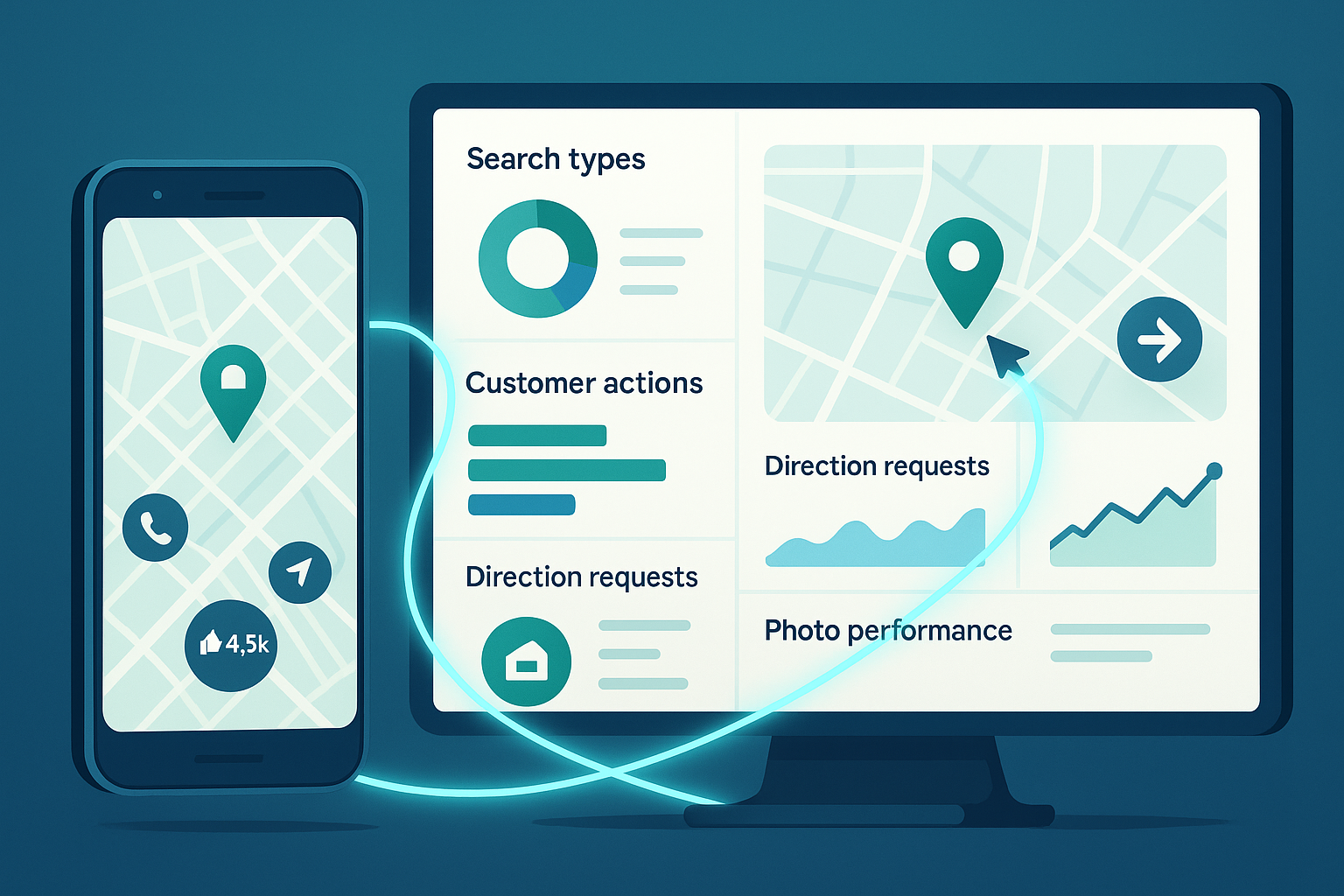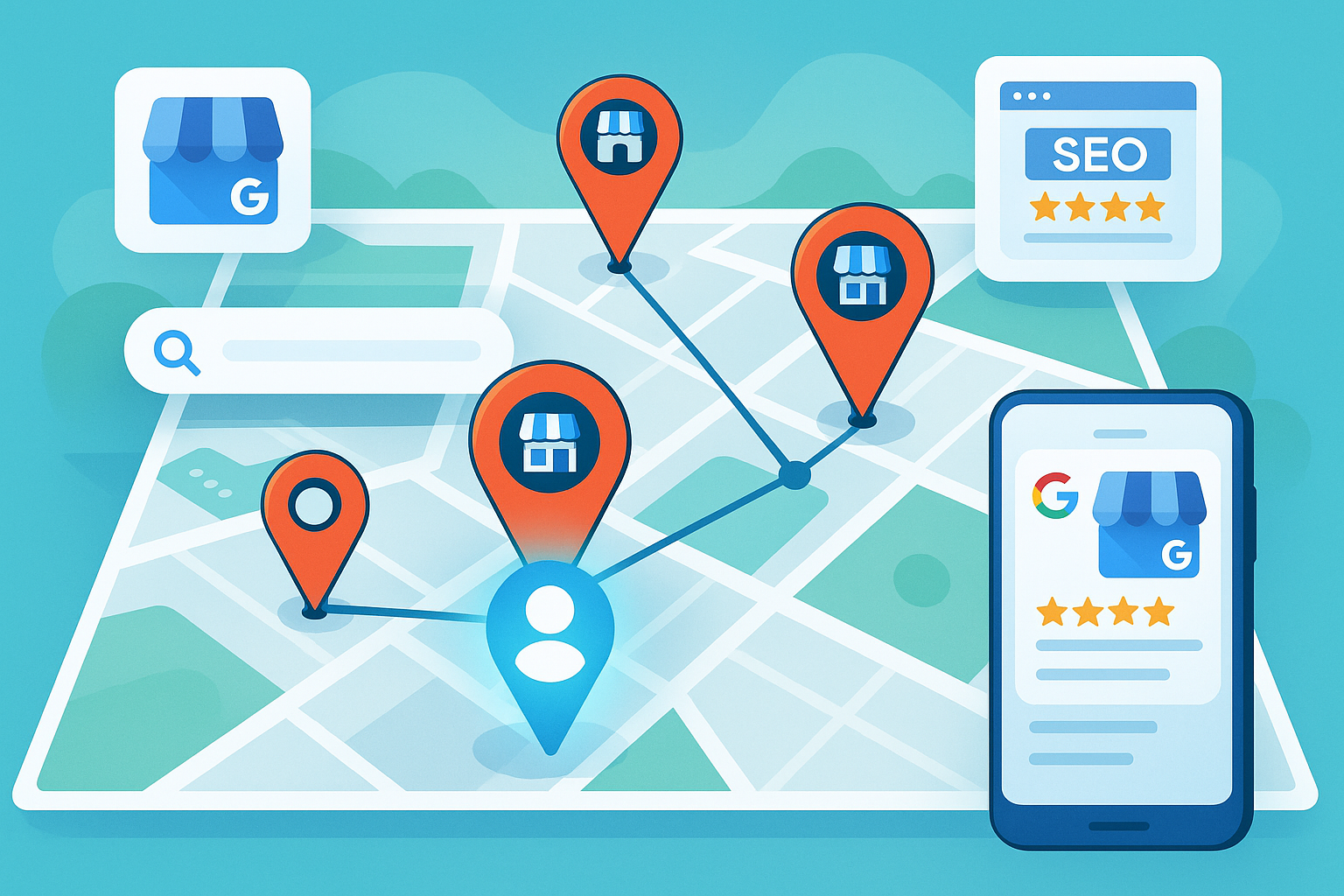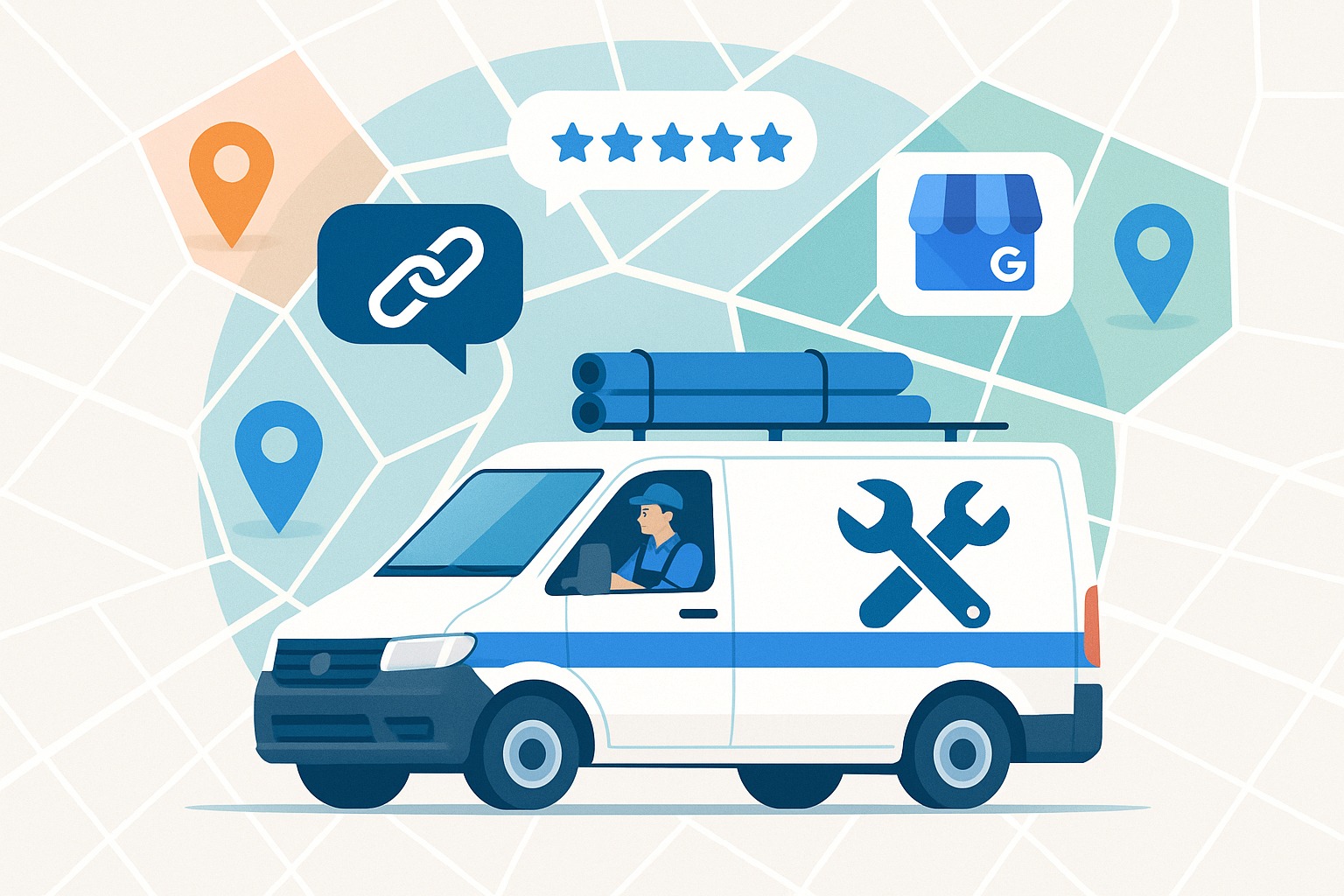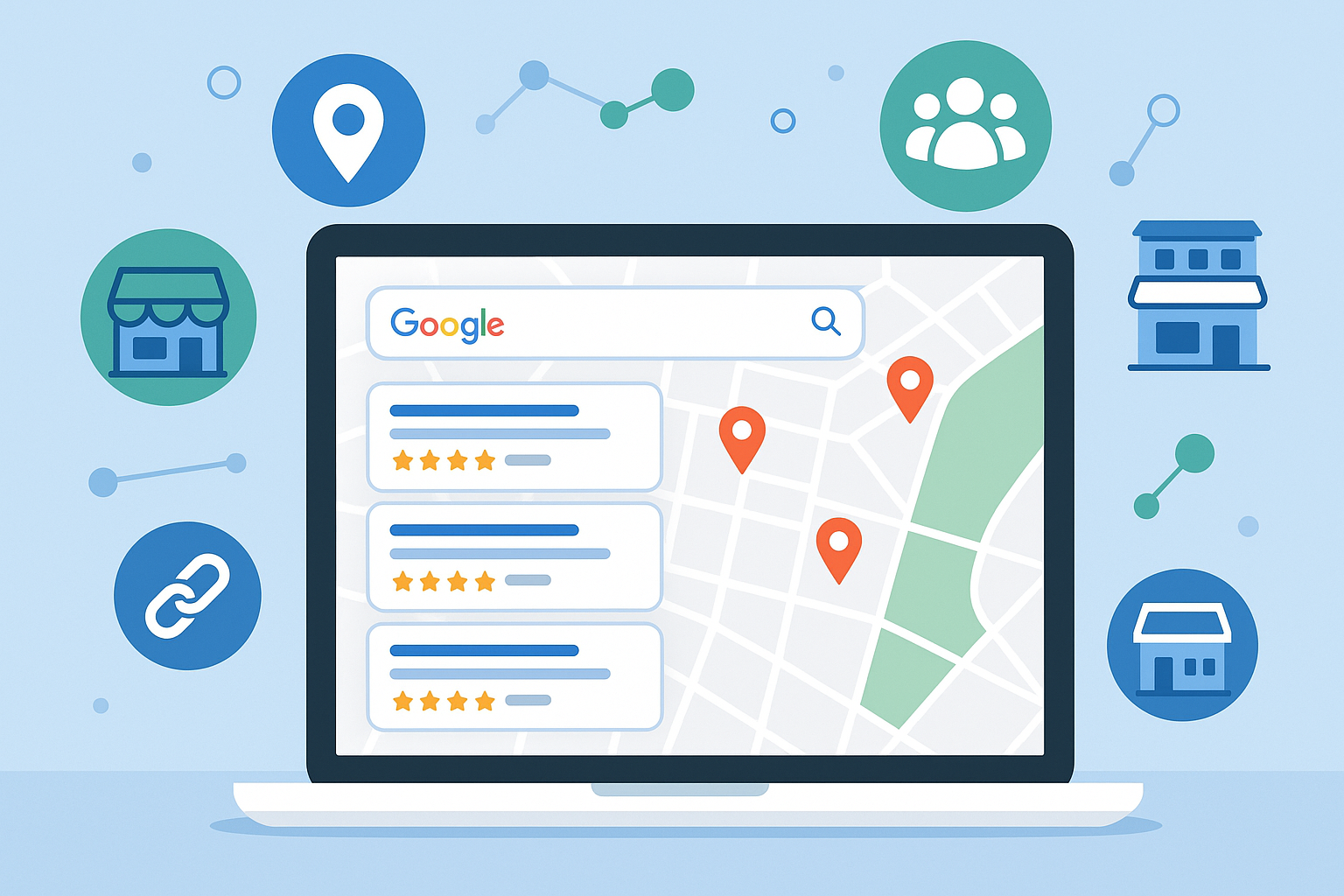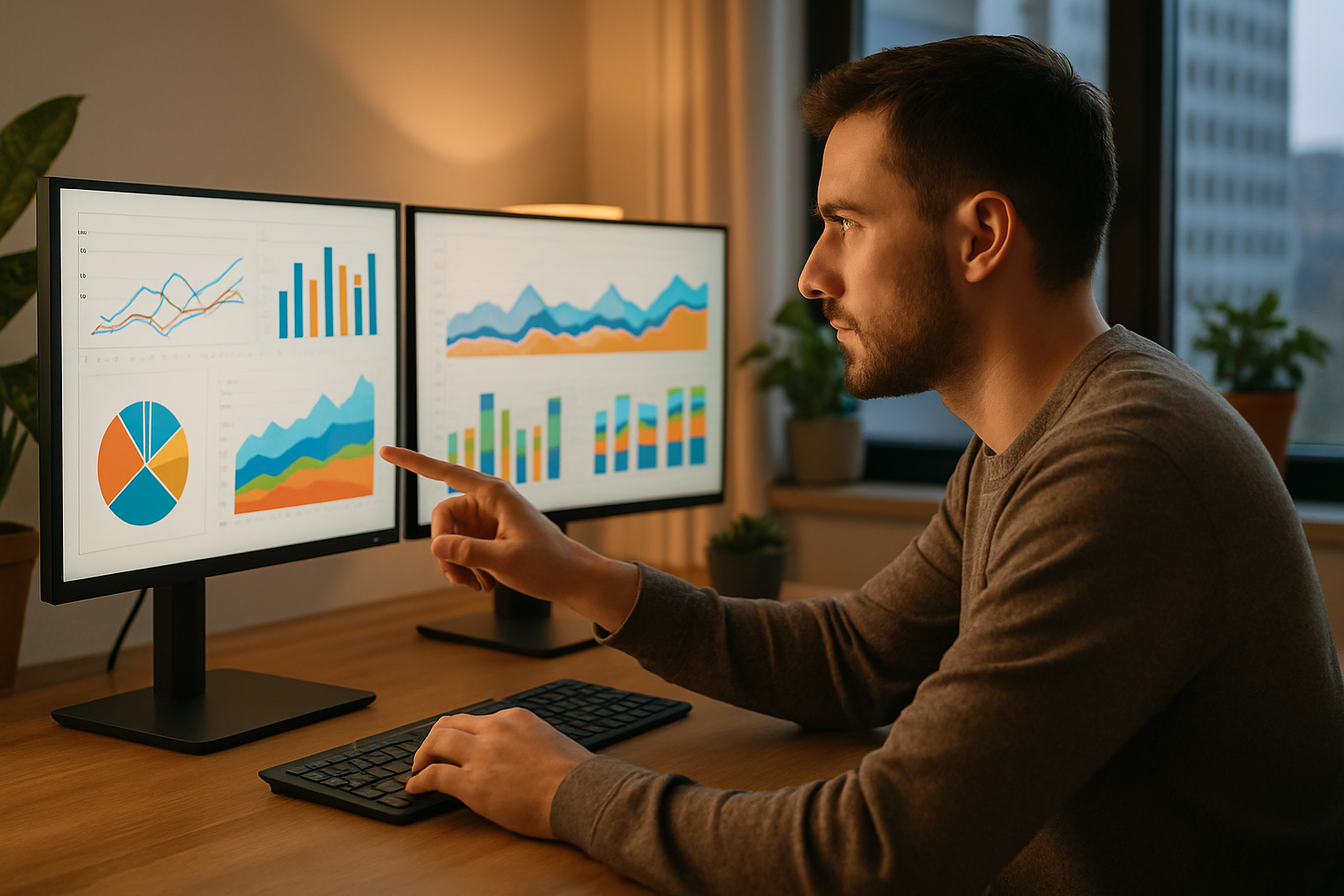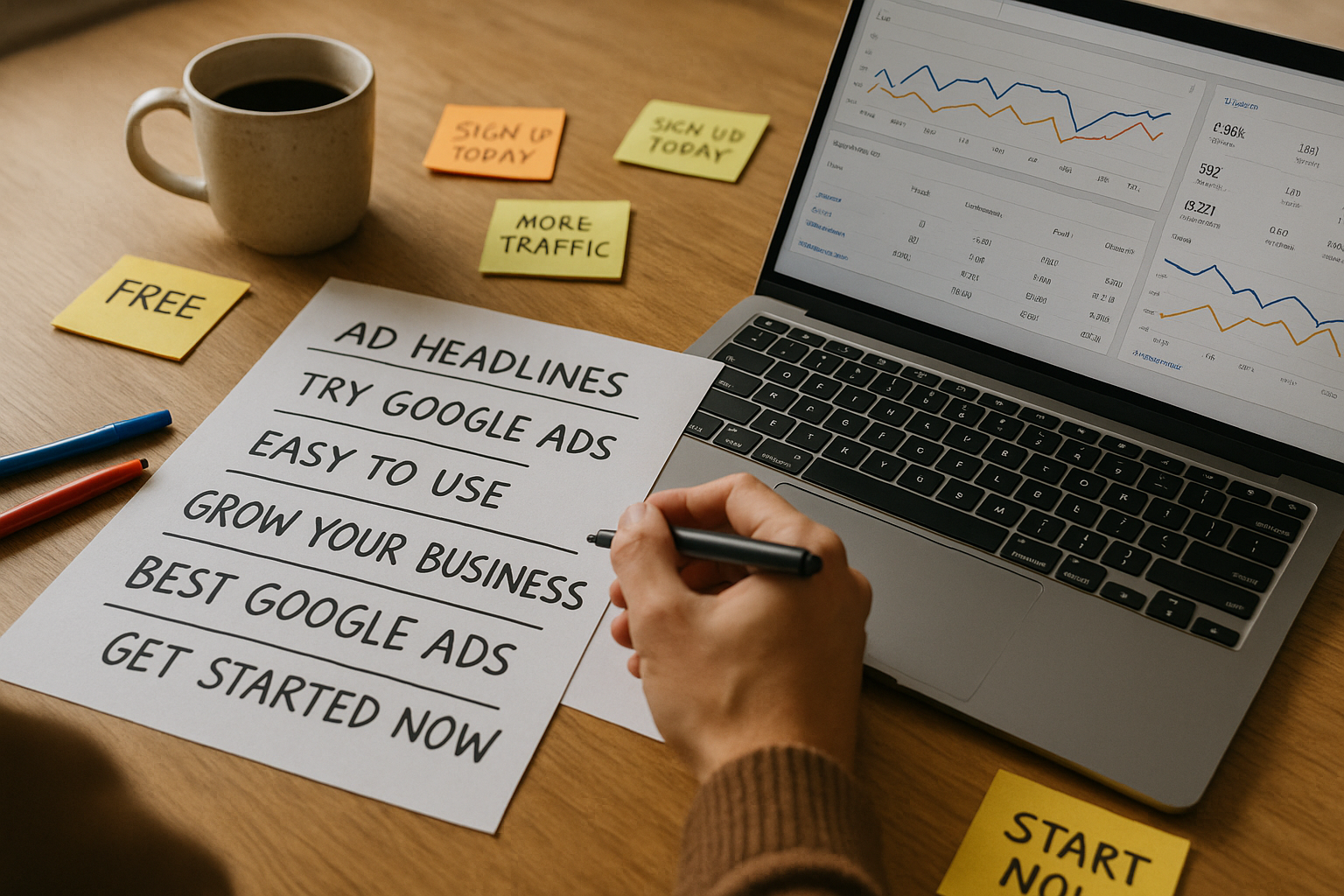What’s the difference between local SEO and organic SEO?
Search engine optimization (SEO) is one of the most effective ways for businesses to get found online. Yet, many small business owners and marketers often wonder: What’s the difference between local SEO and organic SEO? Both aim to increase visibility on Google, but they focus on different audiences, strategies, and outcomes.
For businesses in the United States—especially those that rely on a specific service area, like restaurants, dentists, or home service providers—understanding the distinction between these two SEO types is crucial. While organic SEO boosts overall website visibility on a national or global scale, local SEO focuses on ranking higher in geographically targeted searches.
In this guide, we’ll break down the key differences between local and organic SEO, explore how each works, and share actionable insights to help you decide which is right for your business—or how to combine both for the best results.
Local SEO vs. Organic SEO: The Core Difference
The simplest way to understand the difference between local SEO and organic SEO is by looking at intent and location.
- Local SEO focuses on optimizing a business’s online presence for local searches — for example, “plumber near me” or “best pizza in Philadelphia.”
- Organic SEO, on the other hand, aims to improve rankings for broader, non-location-specific keywords like “how to fix a leaking faucet” or “digital marketing strategies.”
When someone searches for a service within their area, Google often displays a Local Map Pack—a group of three local businesses shown on a map above the regular organic search results. Appearing in that map section can drive immediate phone calls, website visits, and directions to your physical location.
Local SEO’s strength lies in its ability to connect you with nearby customers ready to take action. Organic SEO’s power lies in reaching a wider audience and building long-term authority for your website.
How Local SEO Works
Local SEO helps Google understand where your business is located and which areas you serve. It focuses on three main ranking factors:
- Relevance – How well your business matches the searcher’s intent.
- Distance – How close your business is to the searcher’s location.
- Prominence – How reputable and well-known your business appears online.
To succeed in local SEO, businesses often optimize their Google Business Profile (GBP)—formerly known as Google My Business—and build consistent local citations across the web. These actions signal to Google that your business is trustworthy and relevant to local searchers.
Some of the most important local SEO strategies include:
- Creating and verifying your Google Business Profile
- Adding accurate name, address, and phone number (NAP) information
- Collecting and responding to customer reviews
- Posting local content and updates
- Embedding Google Maps on your website’s contact page
Local SEO is especially beneficial for businesses with physical locations or service areas, such as:
- Restaurants, coffee shops, and retail stores
- Plumbers, electricians, and landscapers
- Dentists, chiropractors, and medical clinics
How Organic SEO Works
Organic SEO focuses on improving your website’s visibility for non-location-based searches. Instead of targeting “near me” or city-specific queries, organic SEO aims to rank for broader keywords that can attract visitors from anywhere.
The key elements of organic SEO include:
- Keyword research and targeting
- On-page optimization (titles, headings, meta descriptions)
- High-quality, SEO-optimized content creation
- Backlink building from authoritative websites
- Technical SEO improvements, such as site speed and mobile-friendliness
Organic SEO builds authority and credibility over time. When Google recognizes your site as a trusted source of information, it rewards you with higher rankings in search results.
For example, a marketing agency like GetPhound could use organic SEO to rank for topics such as “best SEO strategies for small businesses” or “how to create engaging website content.” These topics attract a national audience and position the brand as a thought leader, not just a local provider.
The Role of Google Business Profile in Local SEO
A Google Business Profile (GBP) is the foundation of any local SEO campaign. It’s what allows your business to appear in Google Maps and the Local Pack.
When properly optimized, your GBP listing can display key details such as:
- Business name, category, and hours
- Photos, reviews, and posts
- Contact information and website link
- Driving directions and Q&A section
Think of your GBP as your digital storefront—it’s often the first impression a customer has of your business.
To optimize your profile:
- Use high-quality images that showcase your products, services, and location.
- Regularly post updates, offers, or events to engage with your audience.
- Encourage satisfied customers to leave positive reviews and respond to all reviews promptly.
- Keep all information accurate and up to date.
Businesses that actively manage their GBP tend to outperform competitors that ignore theirs. According to industry studies, optimized listings can increase local visibility by up to 70%.
The Importance of Citations and NAP Consistency
Citations are mentions of your business’s name, address, and phone number across other websites—like Yelp, Facebook, and local directories. Consistency is key. If your business name or phone number varies from one listing to another, Google may struggle to confirm your legitimacy.
Local SEO relies heavily on NAP consistency because it validates your presence in a specific area. Think of it like a digital paper trail proving your business really exists there.
To strengthen your local SEO foundation:
- Audit all existing listings for accuracy.
- Correct outdated or inconsistent information.
- Submit your business to trusted directories like Bing Places, Yelp, and Apple Maps.
- Use a local SEO tool or service to monitor your citations.
These steps ensure your business sends clear, consistent signals to search engines, helping you rank higher in local search results.
Why Content Strategy Matters for Both Local and Organic SEO
Content is the bridge that connects local and organic SEO. Both rely on valuable, keyword-rich content to help Google understand your relevance and expertise.
For local SEO, focus on:
- City or neighborhood-specific landing pages (e.g., “HVAC repair in Dallas, TX”)
- Local blog posts about events, news, or community projects
- Testimonials and case studies featuring local clients
For organic SEO, prioritize:
- Educational blog posts that solve customer problems
- Evergreen guides and tutorials
- Industry insights and trend analyses
A strong content strategy ensures your business appears in both local and general search results. Combining both types can significantly expand your reach and brand authority.
Backlinks and Authority Building
In the world of SEO, backlinks—links from other websites pointing to yours—are one of Google’s most powerful ranking signals.
Organic SEO benefits most from backlinks because they demonstrate authority on a global scale. When reputable sites link to your content, Google interprets that as a vote of confidence.
Local SEO, on the other hand, thrives on local backlinks, such as mentions from:
- Local news outlets
- Chamber of commerce websites
- Community blogs
- Local event sponsorships
Building both types of backlinks gives your business the best of both worlds—authority and relevance.
Some practical backlink-building tactics include:
- Guest posting on relevant blogs
- Partnering with complementary local businesses
- Getting listed in local directories
- Creating share-worthy content like infographics and videos
Mobile Optimization and User Experience
With over 60% of U.S. searches now happening on mobile devices, Google prioritizes websites that are mobile-friendly.
For local SEO, this is especially critical—most “near me” searches come from smartphones. If your website loads slowly or isn’t optimized for mobile, you could lose potential customers.
To improve mobile experience:
- Use responsive design that adjusts to all screen sizes
- Simplify navigation and use clear call-to-action buttons
- Ensure phone numbers are clickable
- Optimize images and compress large files
Mobile optimization doesn’t just help you rank higher—it also improves conversion rates. A fast, user-friendly website builds trust and encourages visitors to take action.
Measuring Success: Local vs. Organic SEO Metrics
Tracking performance helps you understand what’s working and where to improve.
For local SEO, key metrics include:
- Google Business Profile insights (calls, direction requests, views)
- Map pack rankings
- Review volume and rating trends
- Local keyword visibility
For organic SEO, focus on:
- Overall website traffic
- Keyword rankings and impressions
- Click-through rate (CTR)
- Bounce rate and average session duration
Tools like Google Analytics and Google Search Console are invaluable for both. Combining local and organic tracking gives you a full picture of your digital footprint.
Combining Local and Organic SEO for Maximum Impact
The most successful businesses don’t choose between local and organic SEO—they use both strategically.
Here’s how they complement each other:
- Local SEO drives
immediate local traffic from people ready to buy.
- Organic SEO builds
long-term brand authority and educates potential customers.
- Together, they create a balanced online presence that captures attention at every stage of the buyer’s journey.
For example, a home remodeling company could:
- Use
local SEO to rank for “kitchen remodelers in Atlanta.”
- Use
organic SEO to publish blog posts like “10 kitchen design trends for 2025.”
This dual strategy allows them to attract local leads while building a nationwide audience interested in remodeling advice.
Bringing It All Together
Local SEO and organic SEO serve different but equally important roles in a comprehensive digital marketing strategy. Local SEO helps small and service-based businesses appear in front of nearby customers who are ready to take action. Organic SEO, on the other hand, strengthens your online authority and drives long-term, sustainable traffic from across the web.
When used together, these strategies give your business the power to dominate search results at every level—whether someone is looking for your service locally or browsing for information from afar.
If you’re ready to grow your business’s visibility both locally and organically, GetPhound can help. Our team of SEO experts builds customized strategies that attract the right audience, drive measurable results, and position your business ahead of the competition.


